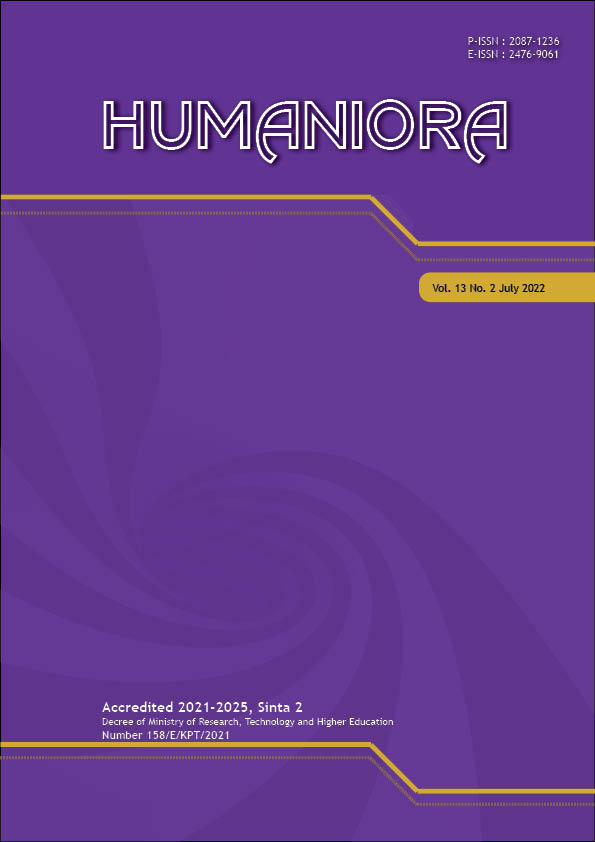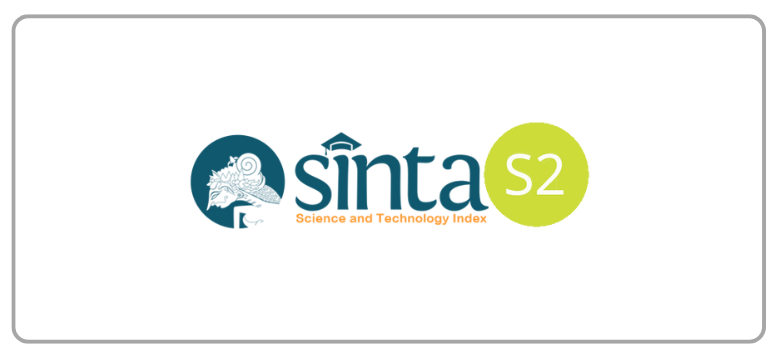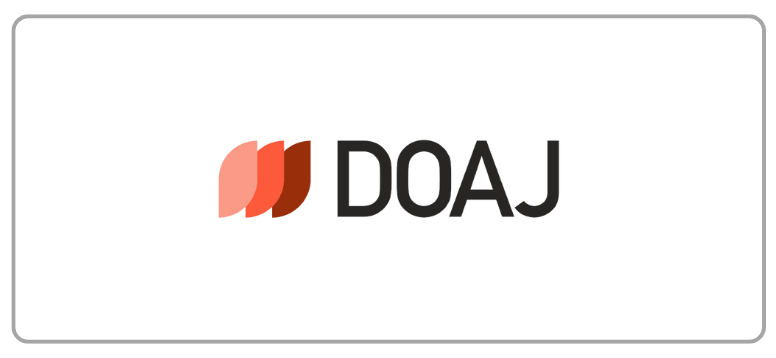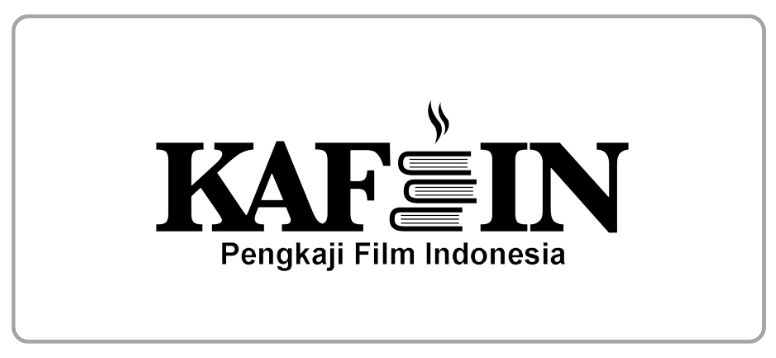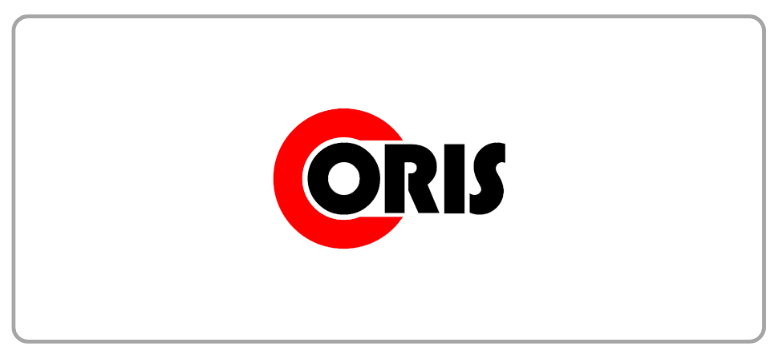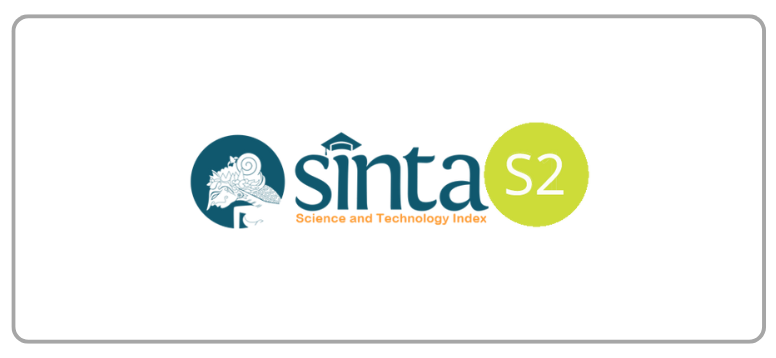Short Dance Film: Construction of the Arts and Design Project Subject during COVID-19 Pandemic
DOI:
https://doi.org/10.21512/humaniora.v13i2.7908Keywords:
short dance film, Arts and Design Project, collaborative learningAbstract
The research discussed short dance films as the product of the Arts and Design Project subject at FPSD Universitas Pendidikan Indonesia during the COVID-19 pandemic. The importance of a collaborative learning model between two disciplines, dance and film, had emerged the notion of creating an art product. The research aimed to create dance film products as a form of student constructive idea. With the participatory action research method, the data were collected and validated to be analyzed and then embodied in the form of a dance film product. The research was applied to 53 students in collaboration between the Department of Dance Education and the Film and Television Study Program, divided into eight small groups of six to seven members. The action stages of the research were: (1) observation and analysis; (2) collection of ideas and notions in the form of a script; (3) testing; (4) shooting; (5) product. The research finds that: (1) through a collaborative learning model, the subject of Arts and Design Project could be implemented to create a dance film product, short dance film; and (2) during the COVID-19 pandemic, collaborative learning could enable students to keep productive to create the product of their learning result. As an advantage, the research result can be used as a learning sample of production-based subjects during the pandemic where the learning and teaching activity should be done at home.Â
References
Abidah, A., Hidaayatullaah, H. N., Simamora, R. M., Fehabutar, D., & Mutakinati, L. (2020). The impact of COVID-19 to Indonesian education and its relation to the philosophy of “Merdeka Belajarâ€. Studies in Philosophy of Science and Education, 1(1), 38-49. https://doi.org/10.46627/sipose.v1i1.9.
Abuhamda, E. A. A. (2020). The effect of jigsaw cooperative learning strategy on fourth graders’ achievement in teaching EFL At Qalqilya city. Academic Journal of Business and Social Sciences, 4(2), 1-8.
Aguskin, L., & Maryani, M. (2020). Investigating the use of project-based learning in enhancing Indonesian university students’ cultural knowledge. Humaniora, 11(3), 203-210. https://doi.org/10.21512/humaniora.v11i3.6645.
Bläsing, B., & Zimmermann, E. (2021). Dance is more than meets the eye—How can dance performance be made accessible for a non-sighted audience? Frontiers in Psychology, 12, 1-15. https://doi.org/10.3389/fpsyg.2021.643848.
Briggs, M. (2020). Comparing academically homogeneous and heterogeneous groups in an active learning Physics class. Journal of College Science Teaching, 49(6), 76-82.
Darling-Hammond, L., Flook, L., Cook-Harvey, C., Barron, B., & Osher, D. (2020). Implications for educational practice of the science of learning and development. Applied Developmental Science, 24(2), 97-140. https://doi.org/10.1080/10888691.2018.1537791.
Dastidar, S. G., & Elliott, C. (2020). The Indian film industry in a changing international market. Journal of Cultural Economics, 44(1), 97-116. https://doi.org/10.1007/s10824-019-09351-6.
Haenlein, M., Anadol, E., Farnsworth, T., Hugo, H., Hunichen, J., & Welte, D. (2020). Navigating the new era of influencer marketing: How to be successful on Instagram, TikTok, & Co. California Management Review, 63(1), 5-25. https://doi.org/10.1177/0008125620958166.
Handayaningrum, W., Tutuko, D., & Suwahyono, A. (2019). The arts learning model of BPK2 (creative work practice learning) activities. Harmonia: Journal of Arts Research and Education, 19(1), 62-70. https://doi.org/10.15294/harmonia.v19i1.23626.
Hung, B. P. (2019). Impacts of cooperative learning: A qualitative study with efl students and teachers in vietnamese colleges. Issues in Educational Research, 29(4), 1223-1240.
Indriwati, S. E., Susilo, H., & Hermawan, I. M. S. (2019). Improving students’ motivation and collaborative skills through Remap Jigsaw learning combined with modelling activities. Jurnal Pendidikan Biologi Indonesia, 5(2), 177-184. https://doi.org/10.22219/jpbi.v5i2.7888.
Jacobs, J. (2017). Cooperative learning strategies principles and techniques. In James Cook University Singapore (Issue January 2004, pp. 1-9). JF New Paradigm Education. https://doi.org/10.37376/1570-000-023-005.
Keramati, M. R., & Gillies, R. M. (2022). Advantages and challenges of cooperative learning in two different cultures. Education Sciences, 12(1, 1-14. https://doi.org/10.3390/educsci12010003.
Laksono, Y. T. (2017). Penerapan aplikasi fruity loops sebagai media pembelajaran penciptaan komposisi dan aransemen tata suara. Jurnal Studi Komunikasi (Indonesian Journal of Communications Studies), 1(3), 253-261. https://doi.org/10.25139/jsk.v1i3.337.
Lazer, D., Hargittai, E., Freelon, D., Gonzalez-Bailon, S., Munger, K., Ognyanova, K., & Radford, J. (2021). Meaningful measures of human society in the twenty-first century. Nature, 595, 189-196. https://doi.org/10.1038/s41586-021-03660-7.
Lu, S., Rajavi, K., & Dinner, I. (2021). The effect of over-the-top media services on piracy search: Evidence from a natural experiment. Marketing Science, 40(3), 548-568. https://doi.org/10.1287/mksc.2020.1256.
Mahajan, M., & Singh, M. K. S. (2017). Importance and benefits of learning outcomes. IOSR Journal of Humanities and Social Science, 22(3), 65-67. https://doi.org/10.9790/0837-2203056567.
Munna, A. S., & Kalam, M. A. (2021). Teaching and learning process to enhance teaching effectiveness: Literature review. International Journal of Humanities and Innovation (IJHI), 4(1), 1-4. https://doi.org/10.33750/ijhi.v4i1.102.
Naparan, G. B., & Alinsug, V. G. (2021). Classroom strategies of multigrade teachers. Social Sciences & Humanities Open, 3(1), 100109. https://doi.org/10.1016/j.ssaho.2021.100109.
Ou, C., Joyner, D. A., & Goel, A. K. (2019). Designing and developing video lessons for online learning: A seven-principle model. Online Learning Journal, 23(2), 82-104. https://doi.org/10.24059/olj.v23i2.1449.
Parker, M., Cruz, L., Gachago, D., & Morkel, J. (2021). Design thinking for challenges and change in K–12 and Teacher Education. Journal of Cases in Educational Leadership, 24(1), 3-14. https://doi.org/10.1177/1555458920975467.
Putri, M. R. (2020). Reflection on technology-enhanced learning in research based teaching method implementation. Humaniora, 11(1), 45-50. https://doi.org/10.21512/humaniora.v11i1.6363.
Raja, R., & Nagasubramani, P. C. (2018). Impact of modern technology in education. Journal of Applied and Advanced Research, 3(1), 33-35. https://doi.org/10.21839/jaar.2018.v3is1.165.
Rezaei, A. (2018). Effective groupwork strategies: Faculty and students’ perspectives. Journal of Education and Learning, 7(5), 1-10. https://doi.org/10.5539/jel.v7n5p1.
Saputra, H., & Anwar, C. R. (2019). Digital dan pengantar sinematografi: Buku ajar yang bercerita. Jurnal Komunikasi Hasil Pemikiran dan Penelitian, 5(1), 232-246. https://doi.org/10.10358/JK.V5I1.592.G570.
Shi, W., & Han, L. (2019). Promoting learner autonomy through cooperative learning. English Language Teaching, 12(8), 30-36. https://doi.org/10.5539/elt.v12n8p30.
Sim, J., & Waterfield, J. (2019). Focus group methodology: Some ethical challenges. Quality and Quantity, 53(6), 3003-3022. https://doi.org/10.1007/s11135-019-00914-5.
Srinivasan, J., Com, M., & Phil, M. (2017). Teaching and learning in the digital era. Journal of Science, Humanities, Management and Technology, 3(3), 10-17.
Supiarza, H., & Sarbeni, I. (2021). Teaching and learning music in digital era: Creating Keroncong music for gen z students through interpreting poetry. Harmonia: Journal of Arts Research and Education, 21(1), 123-139.
Wijnker, W., Bakker, A., van Gog, T., & Drijvers, P. (2019). Educational videos from a film theory perspective: Relating teacher aims to video characteristics. British Journal of Educational Technology, 50(6), 3175-3197. https://doi.org/10.1111/bjet.12725.
Zambrano, J., Kirschner, F., Sweller, J., & Kirschner, P. A. (2019). Effects of group experience and information distribution on collaborative learning. Instructional Science, 47(5), 531-550. https://doi.org/10.1007/s11251-019-09495-0.
Downloads
Published
How to Cite
Issue
Section
License
Copyright (c) 2022 hery supiarza

This work is licensed under a Creative Commons Attribution-ShareAlike 4.0 International License.
Authors who publish with this journal agree to the following terms:
a. Authors retain copyright and grant the journal right of first publication with the work simultaneously licensed under a Creative Commons Attribution License - Share Alike that allows others to share the work with an acknowledgment of the work's authorship and initial publication in this journal.
b. Authors are able to enter into separate, additional contractual arrangements for the non-exclusive distribution of the journal's published version of the work (e.g., post it to an institutional repository or publish it in a book), with an acknowledgment of its initial publication in this journal.
c. Authors are permitted and encouraged to post their work online (e.g., in institutional repositories or on their website) prior to and during the submission process, as it can lead to productive exchanges, as well as earlier and greater citation of published work.
USER RIGHTS
All articles published Open Access will be immediately and permanently free for everyone to read and download. We are continuously working with our author communities to select the best choice of license options, currently being defined for this journal as follows: Creative Commons Attribution-Share Alike (CC BY-SA)
